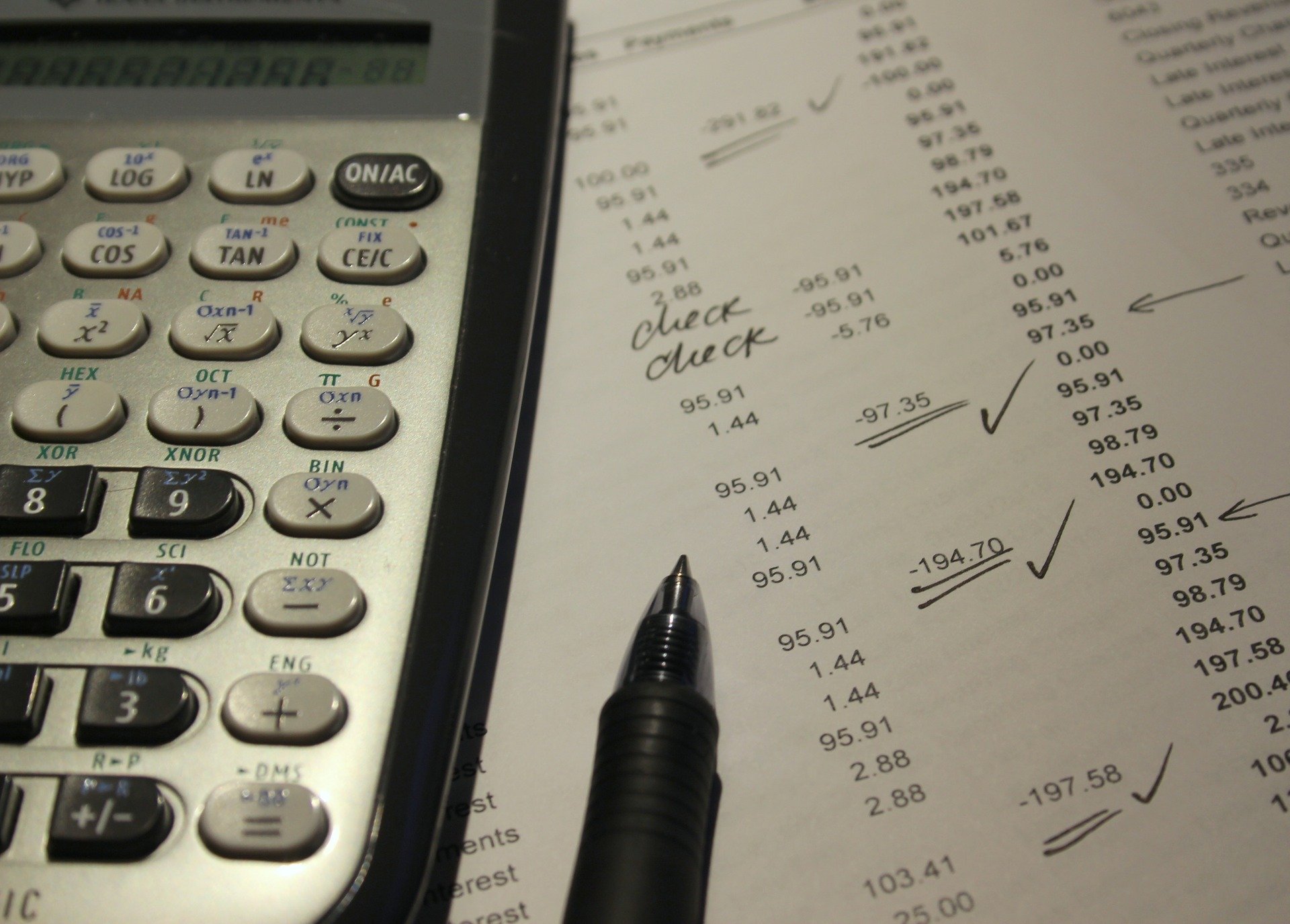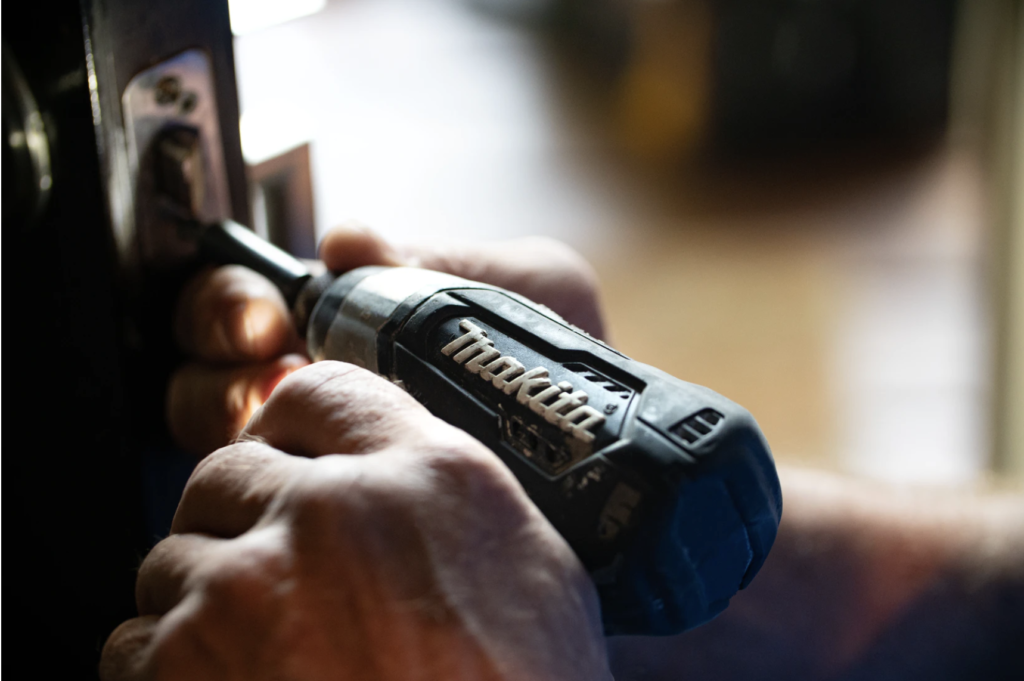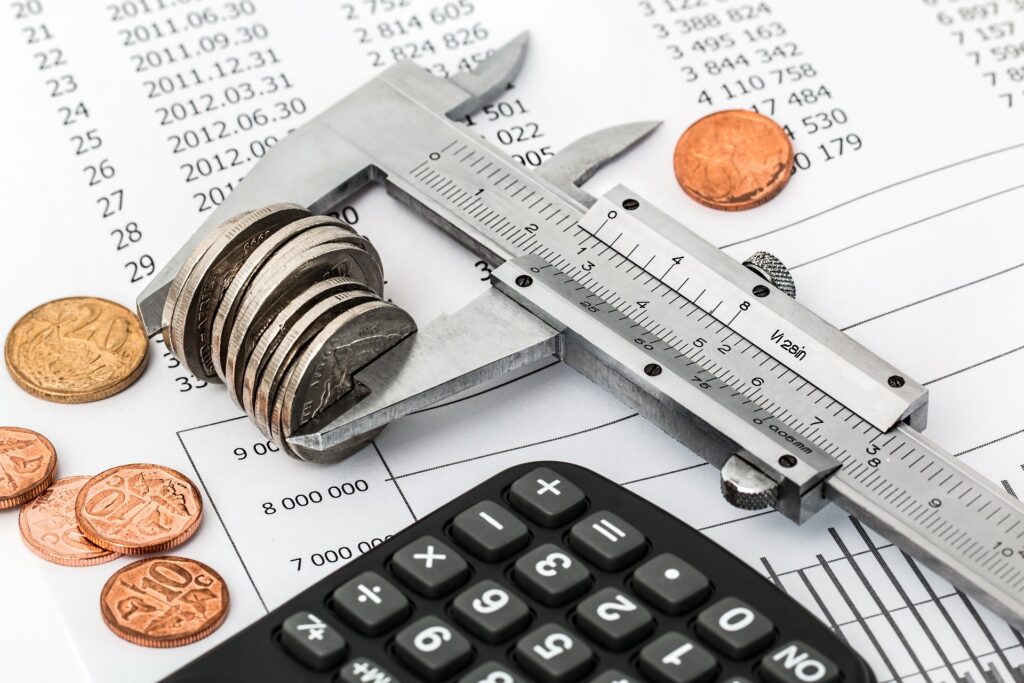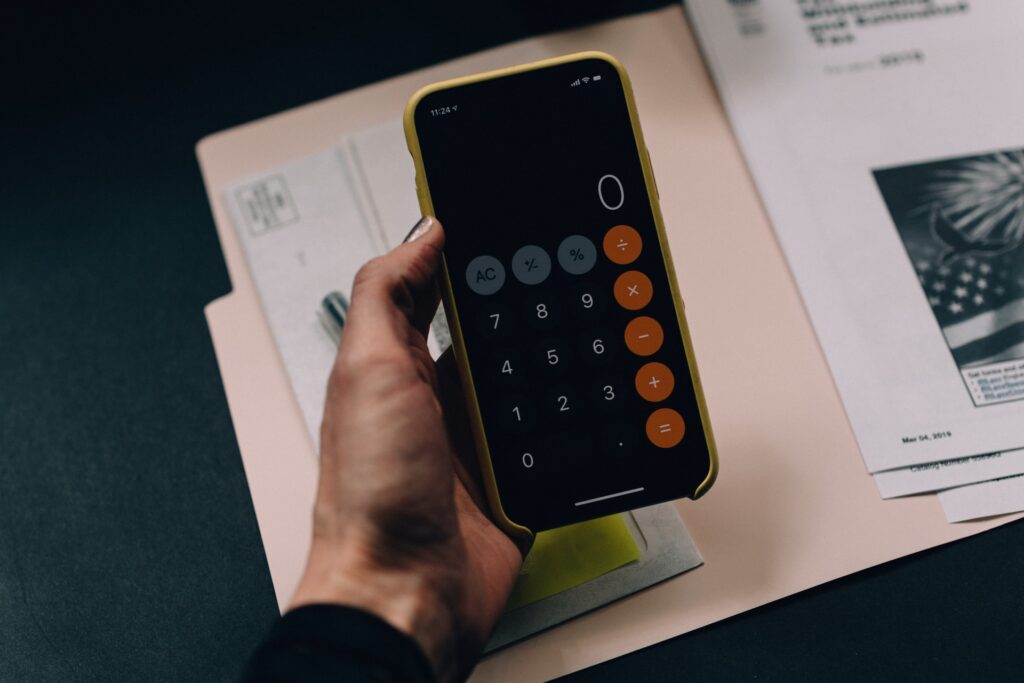
Everything You Need To Know About After-Repair Value (ARV)
What is ARV?
Regarding real estate investing, especially in house flipping, the term “After Repair Value” or ARV holds significant importance. But what exactly does ARV entail? In this article, we’ll delve into the depths of after-repair value, its calculation, its relevance to investment strategies, and the critical considerations when employing ARV as a tool in real estate decision-making.

After-Repair Value (ARV): A Comprehensive Guide
After-repair value (ARV) is a crucial concept in real estate investing, representing the estimated market value of a property once it has undergone renovations or repairs. Accurately calculating ARV is essential for determining the potential profitability of a fixer-upper investment.
The Role of Comparable Properties (Comps)
The cornerstone of ARV calculation lies in comparing the subject property to recently sold comparable properties, commonly referred to as “comps.” Comps are properties that share similar characteristics with the subject property, such as size, age, condition, location, style, and amenities. By analyzing the sales prices of comparable properties, investors can gain valuable insights into the potential market value of the subject property after it has been improved.
Selecting Appropriate Comps
The accuracy of ARV calculations hinges on the selection of appropriate comparable properties. Investors should carefully consider the following factors when choosing comps:
- Recency of sales: Ideally, comps should have sold within the past 90 days to reflect current market conditions.
- Proximity: Comps should be located in the same neighborhood or general area as the subject property to account for localized market trends.
- Similarity: Comps should exhibit similar characteristics to the subject property in terms of size, age, condition, and amenities.
Methods for ARV Calculation
Two primary methods are commonly used to calculate ARV:
- Average Sales Price Method: This method involves simply averaging the sales prices of the selected comps. While straightforward, this method may not adequately account for differences in square footage or renovation costs.
- Price-per-Square-Foot Method: This method involves calculating the average price per square foot of the comps and then multiplying this value by the square footage of the subject property. This method provides a more refined estimate of ARV, taking into account the size of the property.
Refining ARV Estimates
To further refine ARV estimates, investors can consider the following factors:
- Condition of the subject property: Properties in poor condition may require more extensive repairs, potentially lowering the ARV.
- Scope of renovations: The extent of planned renovations significantly impacts ARV. Detailed cost estimates for renovation projects are crucial for refining ARV calculations.
- Current market trends: Understanding current market trends, including demand for specific property types and pricing trends in the area, can help investors adjust ARV estimates accordingly.
The Significance of After-Repair Value (ARV) in Investment Strategy
In the realm of real estate investing, after-repair value (ARV) reigns supreme as a critical metric that guides investment decisions and paves the path towards potential profit margins. ARV serves as a guiding compass for house flippers and property investors, providing them with an estimated value of a property once it has undergone renovations or repairs. This valuation plays a pivotal role in determining the financial viability of an investment venture.
The 70% Rule: A widely recognized technique in the industry is the “70% rule.” This rule dictates that an investor should make an offer that amounts to 70% of the ARV minus the projected repair costs. This formula strikes a balance between securing the property at a discount from its current state and accounting for the expenses associated with bringing it up to market standards.
ARV: The significance of ARV extends beyond property acquisition and deeply influences financing decisions. Lenders offering rehabilitation loans, which are specifically designed to finance renovation projects, base their loan amounts on a percentage of the ARV. This inherent link between ARV and loan availability highlights the importance of accurately estimating the property’s post-renovation value to secure the necessary funding.
Strategic Implications of ARV
The accurate assessment of ARV yields several strategic benefits for real estate investors:
- Informed Investment Decisions: By understanding the potential value of a property after renovations, investors can make informed decisions about whether to pursue a particular investment opportunity. This assessment helps avoid situations where the potential profit margin is not substantial enough to justify the investment.
- Effective Negotiation Strategies: ARV provides a benchmark for negotiating a fair purchase price. Investors can use the ARV minus repair costs as a starting point for negotiations, ensuring that they secure the property at a price that aligns with its potential post-renovation value.
- Risk Management: Accurate ARV calculations help mitigate risks associated with fixer-upper investments. By understanding the potential value once the property is improved, investors can make informed decisions about the extent of renovations and the associated costs, minimizing the risk of overspending and potential losses.

After-repair value (ARV) undoubtedly serves as a valuable tool for real estate investors, providing them with a roadmap to potential profit margins and guiding their investment decisions. However, it is crucial to recognize that ARV is not without its challenges and limitations.
Acknowledging the Potential for Errors
The accuracy of ARV estimates can vary significantly, particularly when relying solely on external sources such as comparable property sales data. The precision of the chosen ARV calculation method and the reliability of the selected comps play a pivotal role in determining the validity of the ARV estimate.
Underestimating Repair Costs: A Common Pitfall
A common pitfall in ARV estimation lies in underestimating the potential repair costs associated with the property. This oversight can lead to an overvalued ARV, potentially resulting in financial losses if the property is acquired at a price that exceeds its true post-renovation value.
The Significance of Comp Selection
The selection of comparable properties (comps) for ARV calculations is equally crucial. Comps should closely resemble the subject property in terms of size, age, condition, location, and amenities. Using comps that do not accurately reflect the subject property’s characteristics can lead to a skewed ARV estimate.
Strategies for Mitigating ARV Estimation Errors
To mitigate the risk of errors in ARV estimation, investors should adopt a cautious approach:
- Seek Expert Guidance: Consulting with experienced real estate professionals can provide valuable insights into the local market and assist in selecting appropriate comps.
- Obtain Detailed Repair Estimates: Engaging with licensed contractors to obtain detailed repair quotes can help ensure that potential repair costs are accurately accounted for in the ARV calculation.
- Refine ARV Estimation Skills with Practice: Continuously refining ARV estimation skills through practice and real-world experience can enhance the accuracy and reliability of ARV calculations.

Cultivating ARV Expertise: A Journey of Continuous Learning and Practice
Mastering the art of calculating after-repair value (ARV) is an ongoing journey that demands dedication, perseverance, and a commitment to continuous learning. As investors embark on this path, they discover that ARV estimation is not merely a mathematical exercise but rather a skill that requires a blend of analytical expertise, market knowledge, and practical experience.
The Role of Consistent Application
The foundation of proficiency in ARV calculation lies in consistent application. By regularly applying ARV estimation techniques to various real estate scenarios, investors gain the necessary hands-on experience to refine their skills and develop a deeper understanding of the nuances involved.
Learning from Experienced Mentors
Seeking guidance from experienced real estate professionals and mentors proves invaluable in accelerating the journey towards ARV mastery. These seasoned individuals can provide valuable insights into market trends, share their expertise in comp selection, and offer practical advice on navigating the intricacies of ARV estimation.
Embracing Hands-on Experiences
Engaging in hands-on experiences, such as participating in real estate investment projects or shadowing experienced investors, further enhances ARV estimation proficiency. These immersive experiences allow investors to test their ARV calculations against real-world outcomes, providing valuable feedback for refining their skills.
Continuous Learning: A Path to Mastery
The pursuit of ARV mastery is an ongoing journey that extends beyond formal education and training. Investors must cultivate a mindset of continuous learning, staying abreast of market trends, exploring new ARV estimation techniques, and seeking out opportunities to expand their knowledge base.
Conclusion
In real estate investing, understanding after-repair value (ARV) is akin to possessing a compass in a vast sea. ARV guides investors through the complexities of property valuation after improvements and repairs. We cannot overstate its significance in investment strategy, financing decisions, and risk management. By navigating the intricacies of ARV calculation and refining their skills, investors empower themselves to make informed choices and navigate the ever-evolving landscape of real estate investment.

Jason Somers, President & Founder of Crest Real Estate
With over 15 years of professional experience in the Los Angeles luxury real estate market, Jason Somers has the background, judgement and track record to provide an unparalleled level of real estate services. His widespread knowledge helps clients identify and acquire income producing properties and value-ad development opportunities.
Learn more about Jason Somers or contact us.



